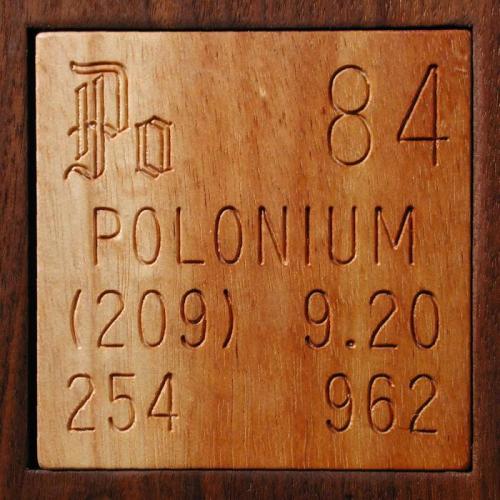Antistatic brush.
These brushes, which you can still buy today (2002) are made for brushing static charge off of photographic negatives. The radiation from the polonium element (which must be replaced every year or so because the half life is only 138 days) ionizes the air around the brush, making it conductive and carrying away the static charge.
This particular brush has an interesting history. Today (the date given below) I spent the afternoon at an old abandoned hospital complex tearing lead sheeting out of the former x-ray room (with, of course, the full permission of the owner, a developer who is going to demolish the building shortly). Ed Pegg, Jim, and I mined about 3/4 of a ton of lead in two and a half hours. It was hot, so we had to take breaks which consisted of wandering around this very large and quite eerie complex, bumping into things like stacks of old medical records and sharps containers with their contents of syringes and needles spilled out on the floor.
Near the CAT scan machine, which was still there, this brush was just lying on the table. I'd been intending to buy a new one exactly like it when I got around to it, but this is much better. Except for the fact that, as you can see in the picture, it is due to be replaced in 1984, and therefore has essentially no actual polonium left in it. That's the problem with these silly radioactives: They just keep evaporating on you.
Later, while I was in Boston to receive the Ig Nobel Prize for the wooden periodic table, I purchased a brand new brush with a full charge of polonium. That's why this sample is classified as having about 20% actual polonium: It's an average figure assuming I buy a new one every few years (they are fairly cheap).
Source: Theodore Gray
Contributor: Theodore Gray
Acquired: 31 July, 2002
Price: Donated
Size: 1"
Purity: 20%
|
| 
|
|